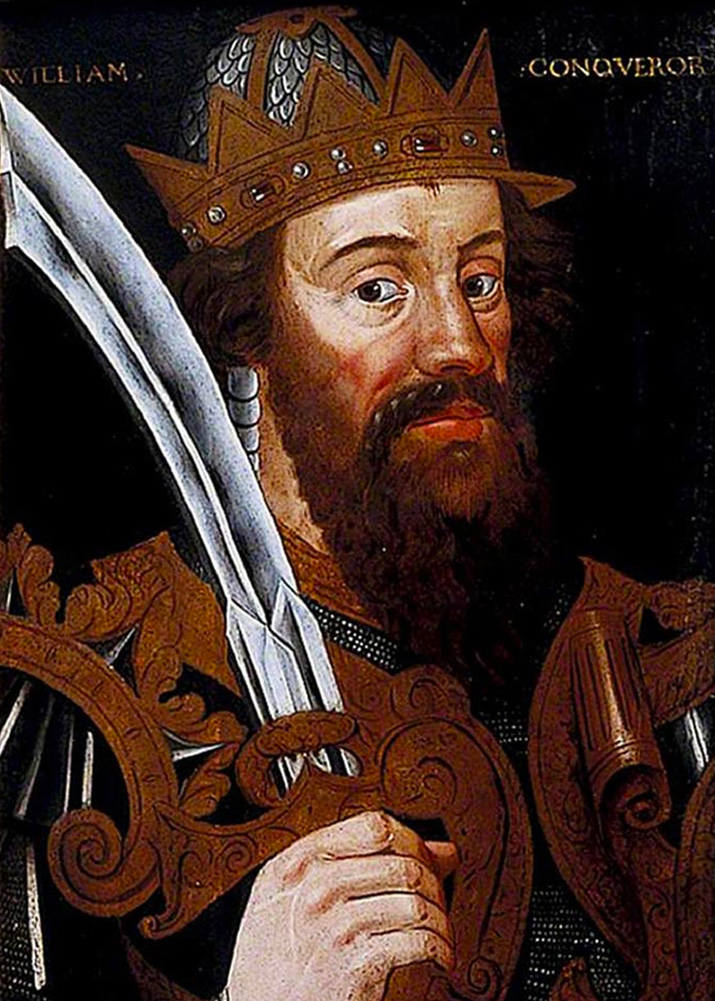Like most Gen Xers, I had a job after school. Minimum wage was only $3.25, so it was very cost effective to hire teenagers back then. Good for small businesses and good for teens if you ask me, but I digress.
I took a job working at a grocery/hardware store and lumber yard called Howland’s. The owners were hardworking and affluent, and I would later discover they were related to me.
Upon finding our kinship, many years after my employment at Howland’s, I delved into their possible relation to the Pilgrim John Howland. It was an unusual name after all (surname note: Howland=Holland, or at least from the same origin).
They were a very old Southern family, so in the past, I would not have considered this a possibility. But, through my years of genealogical studies, I’ve discovered an interesting fact. People move about.
During my research, it was revealed that their ancestor Edward Church Howland had indeed moved to Florida from New England. Ed Howland was actually Ed Howland, Jr., born in Bristol, Rhode Island.

After the death of his father and namesake, his mother, Eliphal Taber Howland, remarried. Apparently, young Ed Junior was not a fan of his new step-father or perhaps the brick-mason to whom he’d been apprenticed by his step-father.
This was the 1830’s and the whaling industry was having somewhat of a revival in Rhode Island, so Ed Junior made his way to the docks and joined the crew of a whaling ship. Fortunately, it was not the Essex of Nantucket, whose true story inspired the terrific/horrific tale of Moby Dick by Herman Melville.

The tale of Ed Howland’s journey to Florida is unknown, but he likely disembarked at Charleston, Savannah, or St. Augustine. My guess would be that he left his crewmates in Savannah, Georgia, and made his way southwest to Lowndes County, Georgia. I am postulating this because he would eventually marry the daughter of my 4th Great-grandfather James Allen.
In the 1820’s, James Allen was the Sheriff of Irwin County, Georgia, which bordered Lowndes to the north. But, the fertile cotton-growing soil of Lowndes drew the cotton-farming Allen family southwards.
(Note: the county seat of Lowndes is Valdosta, named for the Val D’Aosta cotton plantation of Georgia Governor George Troup, the town originally being named Troupville).
The county of Madison was formed in 1827, two years after Lowndes, and was the largest county in Florida at the time. Madison was touted as having even better soil than Lowndes, so when James Allen was awarded a land grant there in March of 1843, the family moved again. Ed Howland married Anna James Allen the following September of 1843.
Funny thing was, Ed became successful as a brick-mason after shunning his former apprenticeship. He would later own his own brickyard, and his family would remain in the construction materials business for generations.
Now, the question is: Was Edward Church Howland, Jr. a pilgrim descendant? Since we are speaking of him here, the answer is indubitably, yes.
Ed Junior’s grandparents were John Howland and Grace Church of Tiverton in Newport County, Rhode Island. His great-grandparents were Thomas and Sarah Borden Howland of Tiverton.
BTW… I especially wanted to mention them, because Sarah Borden, like the infamous Lizzie Borden, was directly descended from Quaker Richard Borden of Portsmouth, Rhode Island. Richard Borden was well known to Richard Scott, Catherine Marbury Scott, and many of the other Quakers we’ve discussed in earlier posts.
The Borden’s ancestors, like my Starkey ancestors, were known to have “followed ‘the Conqueror’, William of Normandy, into England” (Genealogical Notes of the Austin and Allied Families, compiled by Mrs. M. Augusta Austin Pettit, 1932. P58-59). We have also shown in previous posts that Catherine Marbury Scott (9th great-grandmother of my wife) was the direct descendant of William the Conqueror (see our previous post), once again showing that historical relations often reconnect in the future.

But, back to the Howland’s… the aforementioned Thomas was the great-grandson of Zoeth Howland who was born in 1636 to Henry Howland II and Mary Newland Howland. Henry Howland II was the brother of famed Pilgrim John Howland who arrived on the Mayflower in 1620. Henry II and his wife Mary would also travel to America on the Mayflower, but around 1632. Henry II would be elected constable of Duxbury, but would later be disenfranchised for fraternizing with Quakers. He would eventually become a staunch advocate and member of the Friends.
Henry II’s father and namesake Henry Howland would never make it to America. Henry Howland I died in Cambridgeshire, England in 1635, but through his sons, he has quite a legacy.
The following is a partial list of his famous descendants according to our friends at FamousKin.com (for more, follow the link):
Nathaniel Gorham, Signer of the U.S. Constitution, 4th great-grandson.
Hannibal Hamlin, 15th U.S. Vice-President, 5th great-grandson.
Joseph Wharton, Founder of the Wharton School of Business, 5th great-grandson.
Henry Wadsworth Longfellow, American Poet, 6th great-grandson.
Ralph Waldo Emerson, American Poet, 6th great-grandson.
Joseph Smith, Founder of the Mormon Church, 6th great-grandson.
Henry Howland Crapo, 14th Governor of Michigan, 6th great-grandson (and a favorite of our TightGenesBlog).
Franklin D. Roosevelt, 32nd U.S. President, 7th great-grandson.
Richard Nixon, 37th U.S. President, 8th great-grandson.